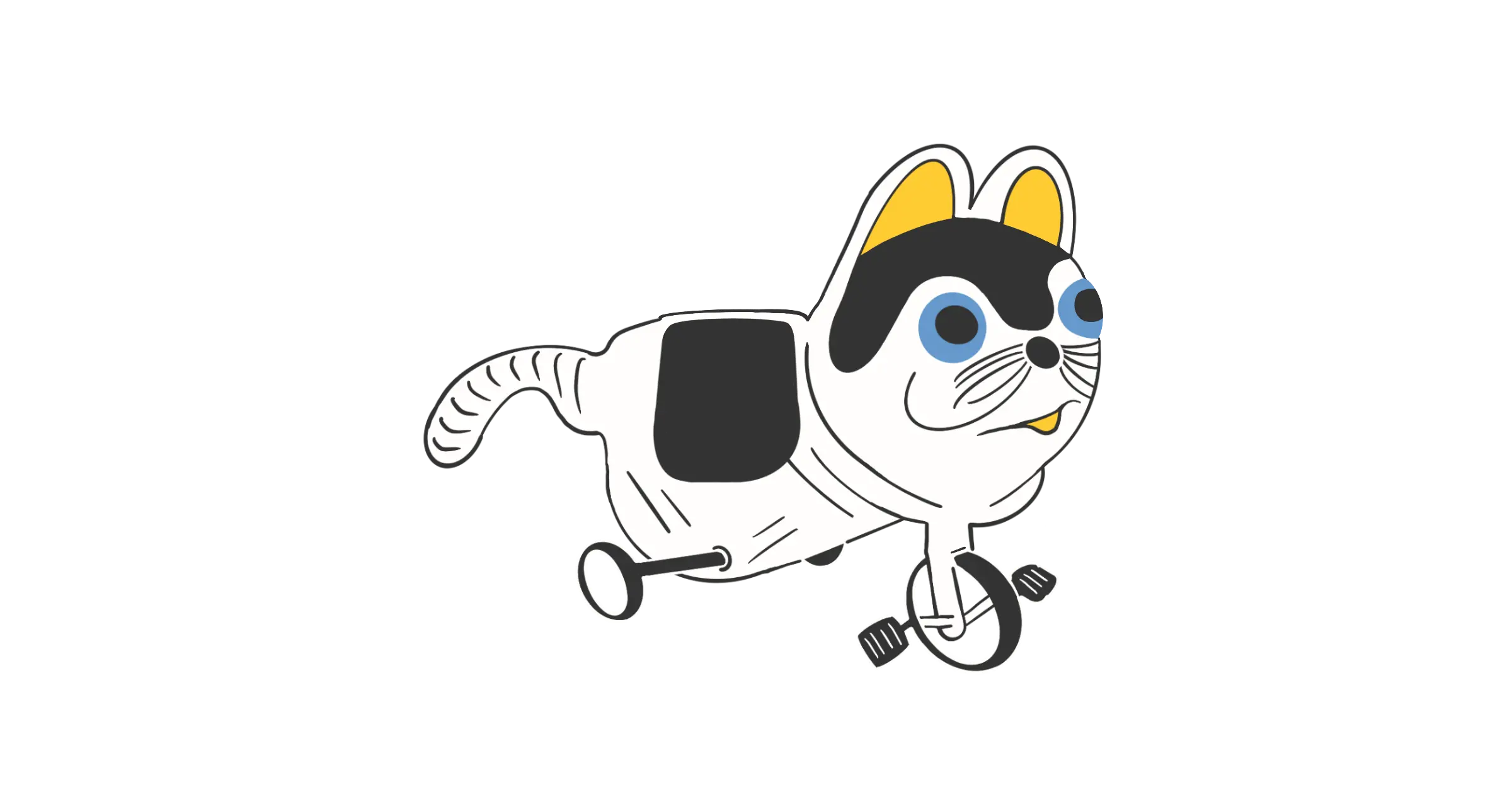traincat

In his short slapstick comedy “Operation Y”, Leonid Gaidai portrays three incompetent offenders “Fool,” “Coward,” and “Pro.” The middle-aged men conspiring in a warehouse heist gather at a secure location to practice their ridiculous skills. “Pro” punches a speed bag. “Fool” exercises his crowbar technique on drawer pulls and wall hooks. He sings a realistic song and plays guitar, as it often happens in Soviet films, while “Coward” futilely attempts a chloroformed hanky gag on him. “Fool” tells “Coward” to “train on cats” instead, pointing at a sizable collection of ceramic toys found at the safehouse. 1
In our narrative of reality blending with poetry, and within the stories we construct for ourselves, the singular force that remains steadfast, shielding us from the solipsistic tyranny of engineered desire, is our common bond. We exist not in isolation but in profound interconnection, ingrained with an ability for creation and compassion, our birthright. It becomes an undeniable obligation of every individual entrusted with leadership, or who harbors aspirations to guide others, to deliberate their role in the grand theater — a valiant "guardian-architect" or a modest “scholar-gardener.” To embrace the former signifies a treacherous idealism, ensnared by a ceaseless pursuit of resources and dominion. In this grim venture, people are reduced to mere metrics and commodified as the “new oil,” steering our meticulously measured, orchestrated, and fragmented world toward a harrowing dystopia. This is the manifestation of a heroic ego at work, eagerly seeking to wage battles against poverty, illness, substance abuse, old age, non-productiveness, boredom, and any form of adversity the humanity may symptomize.
The course of heroism often entails lying in wait for opportune moments to emulate the “Pro,” resorting to brute force, or adopting the tactics of the “Coward” by ambushing opponents from the shadows. Alternatively, it may involve assuming the guise of the “Fool,” employing surveillance and algorithms in a mission of control, foolhardy veiled beneath a shroud of common welfare. To tread the path of the “scholar-gardener” is to surrender to the healing realism it brings. It requires treating symptoms as phenomena, devoid of judgment, to alternate heroic fantasy with less inspiring humbler stance, free from the burden of superiority. By donning the mantle of a “scholar-gardener,” one embarks on an introspective journey, fostering genuine understanding, and nurturing our common bond with deliberate discernment and compassion.
linked mentions for "traincat":
-
training wheels
In my journaling and coaching, I use a construct of a tricycle — a bicycle with the additional wheels intended for young children. ‘Training
-
writing healing fiction
I define my writing style as “healing fiction.” It’s not merely because I gather most of the paragraphs from the transformative journaling process,